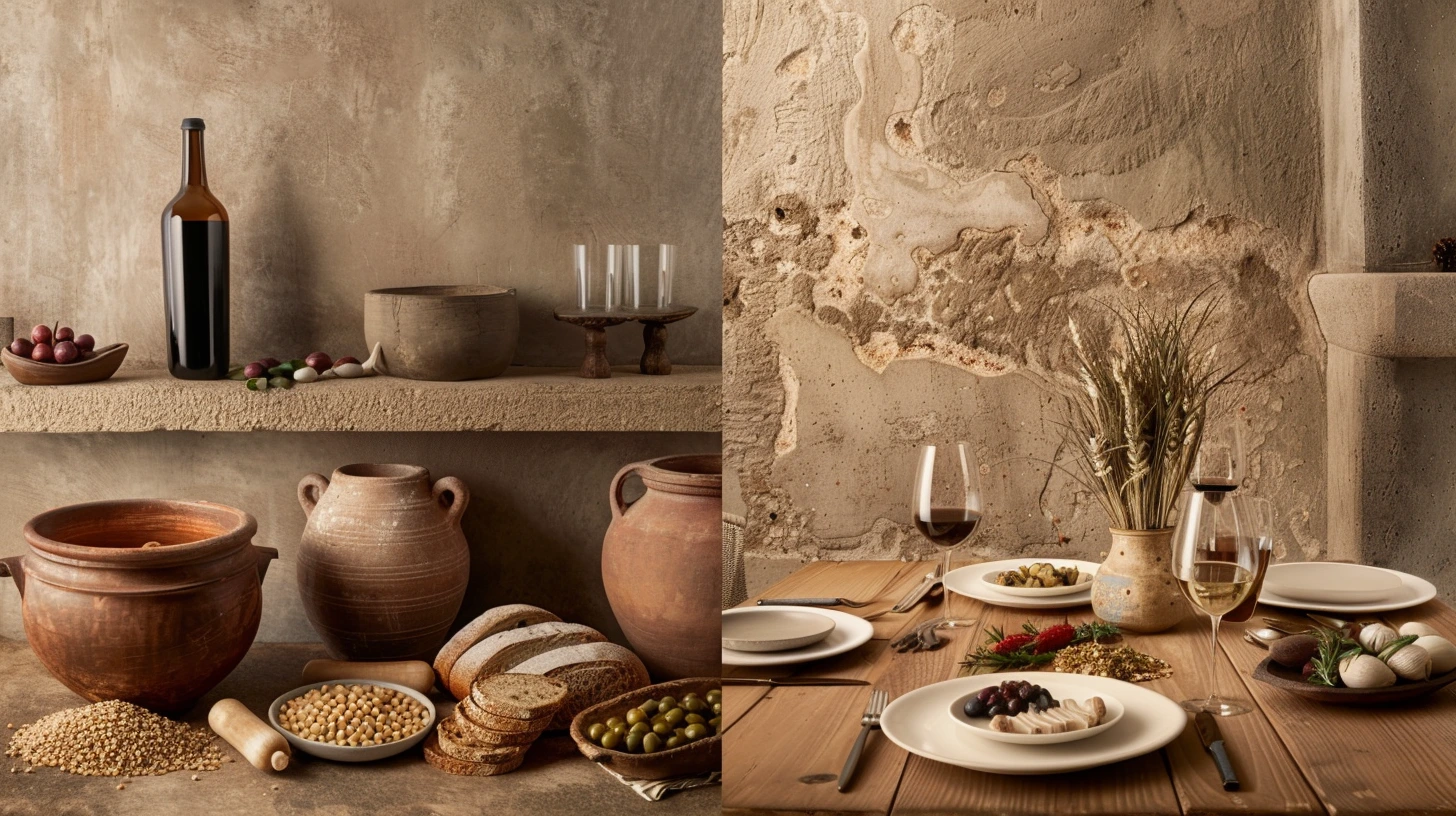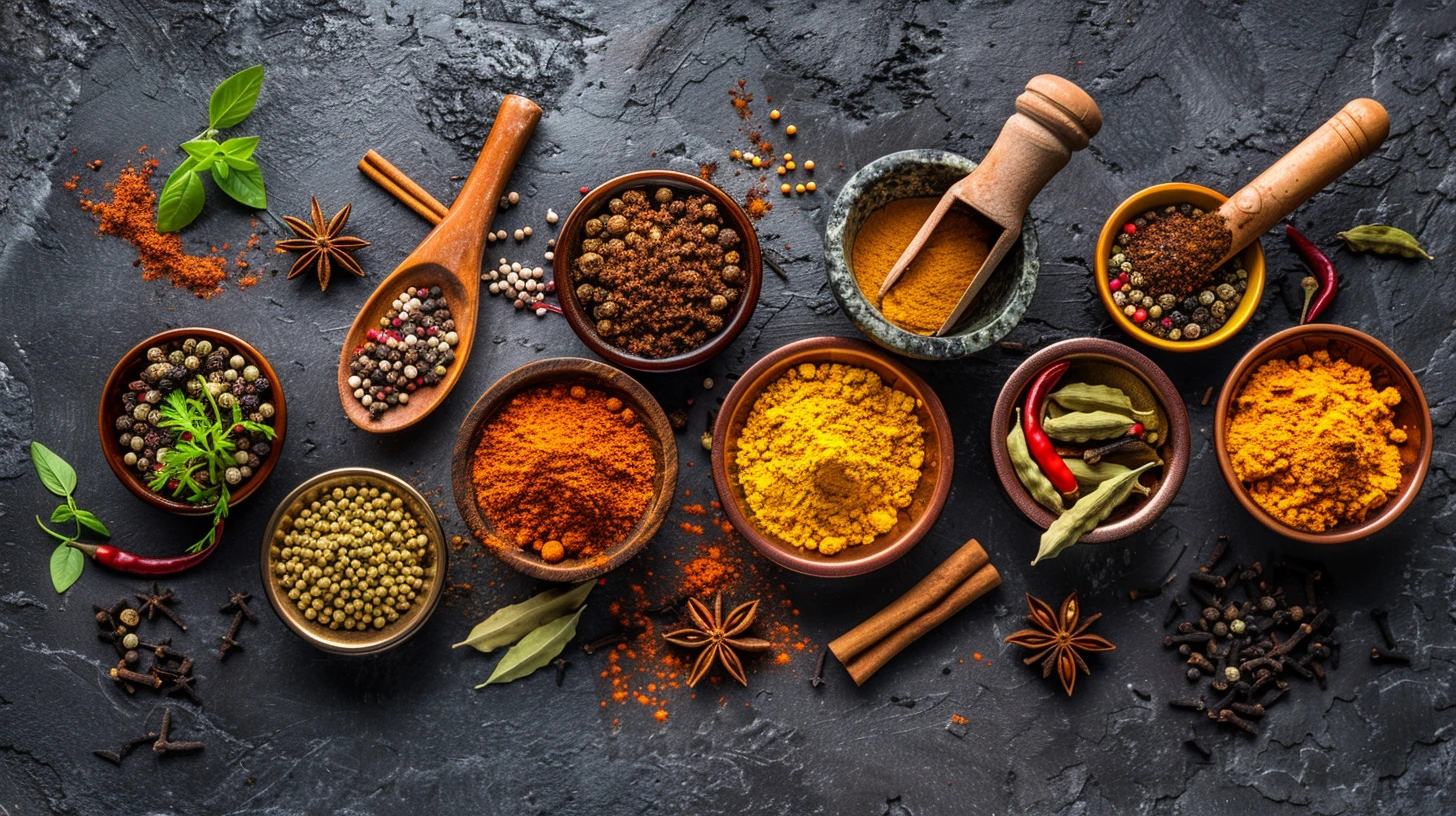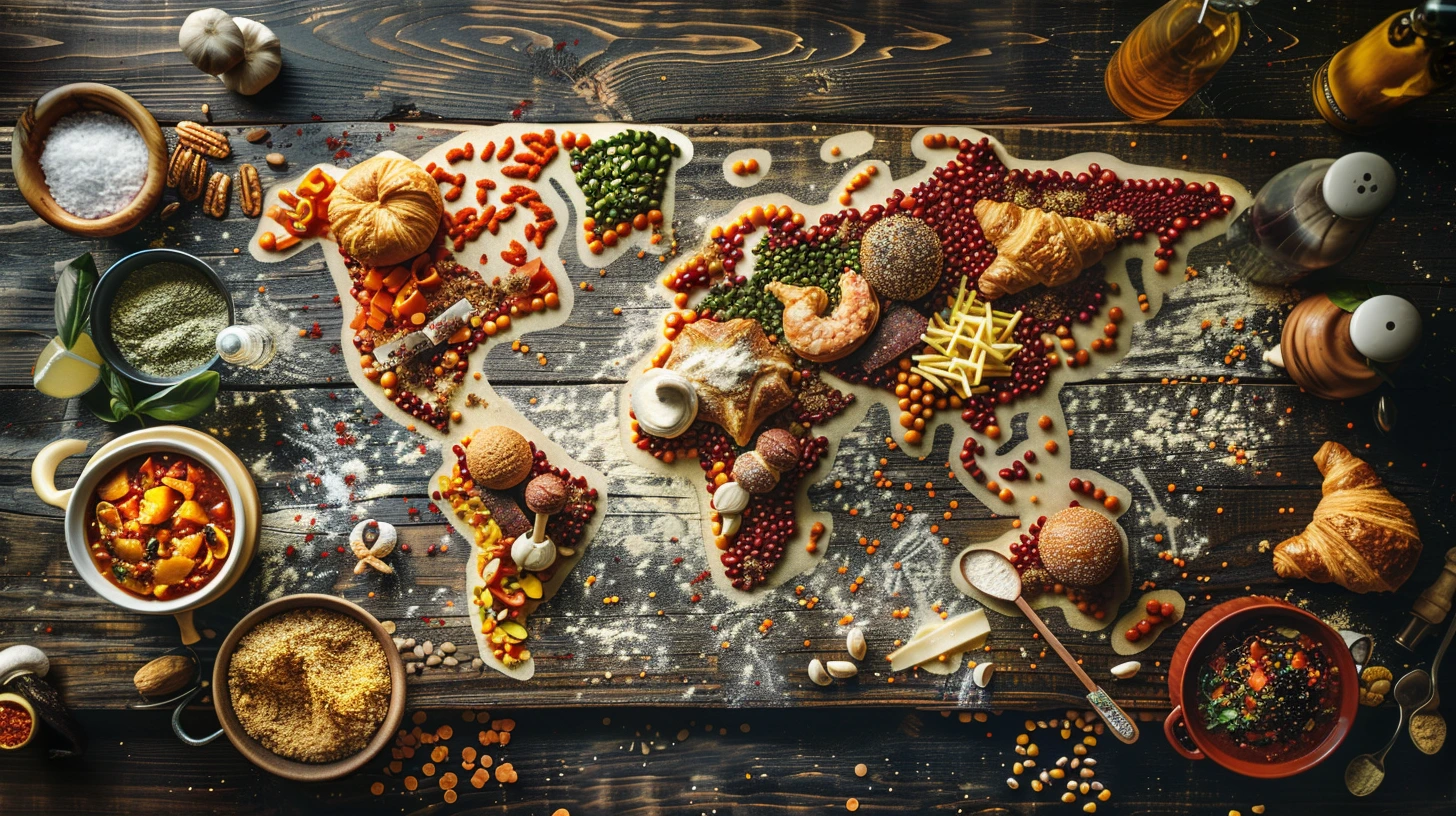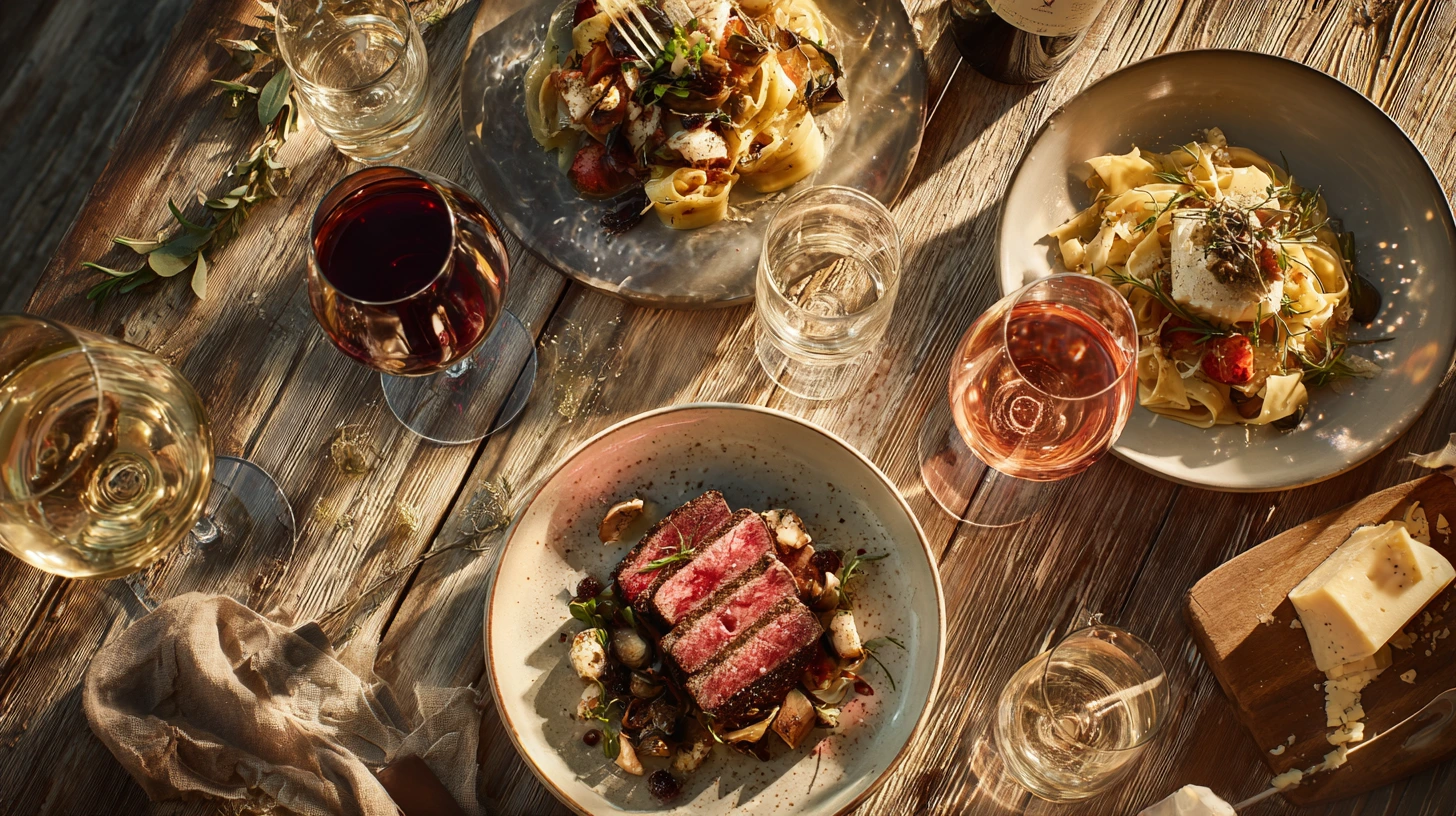From the crackling crust of freshly baked bread to the rich aroma of a slow-simmered stew, food is more than sustenance, it’s a living record of humanity’s evolution. The story of food is intertwined with migration, innovation, survival, and creativity. As early humans evolved from foragers to farmers, the invention of staple foods transformed diets, economies and cultures. Let’s journey through the major historical landmarks in food history, from prehistoric times to the birth of global cuisines.
Prehistoric Beginnings
Mastering fire in Africa (~1.5 million BCE). The controlled use of fire made food safer, tastier and easier to digest, reshaping the human diet. Foraging and early diets across the globe (~2.5 million BCE onward). Our ancestors relied on wild plants, nuts, fruits, insects and game; there’s evidence of root cookery in South Africa c. 170,000 years ago.
The Agricultural Revolution (~10,000 BCE)
Domestication of grains Fertile Crescent. Wheat, barley and legumes underpinned the first settled societies. Invention of bread in Mesopotamia/Egypt (~8000–6000 BCE). Early loaves were flat and unleavened; by ~3500 BCE, leavening likely arose via wild yeast.
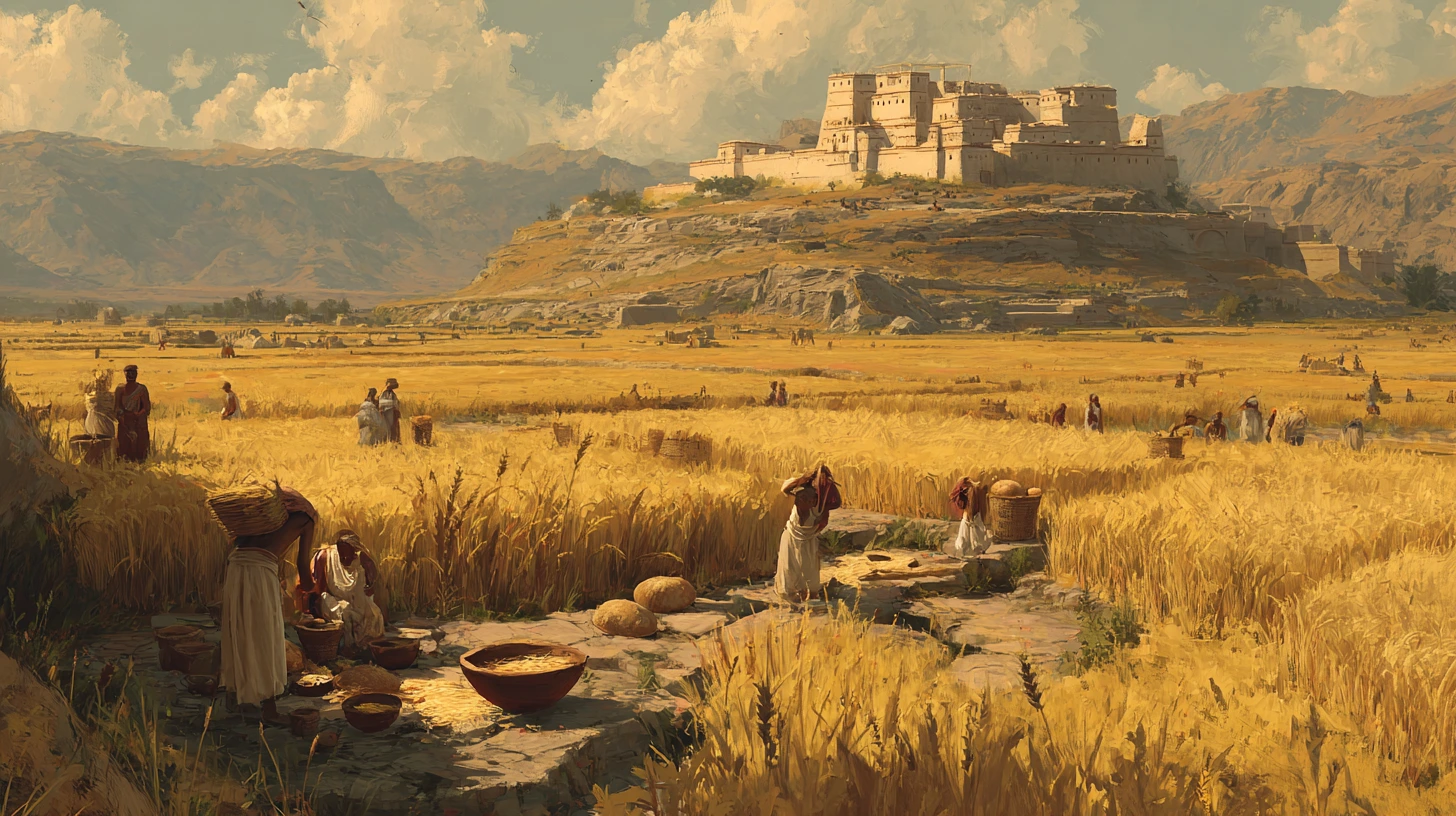
Bronze Age Innovations
Birth of wine in South Caucasus. Early winemaking vessels point to Georgia/Armenia. First cheeses in Mesopotamia (~3000 BCE). Curdling in animal skins likely sparked cheese. Beer — Sumer (~3400 BCE). Barley brews nourished and ritualised daily life.
“Every staple has a story part climate, part culture, part chance.”
Classical Antiquity (1000 BCE–500 CE)
Pasta-like foods in China & Etruria. Millet noodles in China; spelt strips in Italy. Salt economies. Preserving power turned salt into currency—hence ‘salary’. Fermented fish sauces — garum. Rome’s flavour bomb, akin to modern fish/soy sauce.
The Middle Ages (500–1500 CE)
Roasting & spicing. Feasts showcased pepper, cinnamon and nutmeg via Silk Road and maritime trade. Rice & sugar spread. Rice moved west through the Islamic world; sugarcane cultivation proliferated. Breads diversify. French wheaten loaves, German rye traditions and English crumb styles took shape.
The Age of Exploration (1500–1700 CE)
Columbian Exchange. Tomatoes, potatoes, maize, chilli, cacao and vanilla travelled to the Old World; wheat, sugar, coffee, citrus and livestock went to the New. Chocolate. From Mesoamerican ceremonial drink to sweet European obsession.
The Industrial Age (1700–1900 CE)
Canning & preservation in France (~1795). Appert’s method transformed shelf life. Mass production. Mills, bakeries and canneries scaled staples; packaged goods entered everyday life.
The Modern Era (1900–Present)
Fast food. From White Castle to global chains. Globalised cuisines. Migration and media spread Japanese, Chinese, Italian, Indian and Middle Eastern foodways. GM & plant-based. Crops and alternatives reflect ethical and environmental priorities.
Where next?
From fermentation revivals to climate-smart grains, the next chapter blends tradition with technology—still guided by flavour, community and care.

